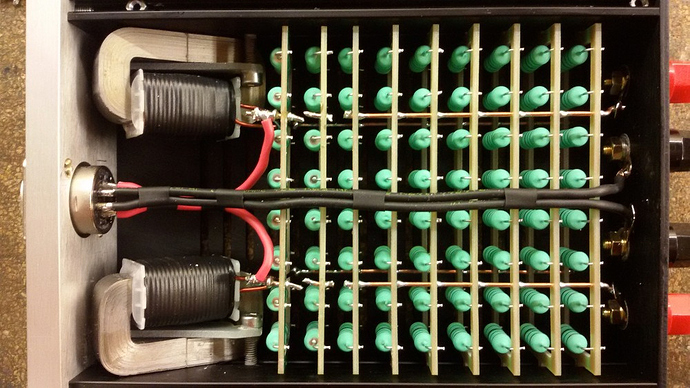They might, it’s hard to say without trying them. From what I’ve gleaned so far, particularly in reading a fair bit from the designer, the quoted power requirements (and need for stability/sustained drive into low impedance loads) are real and should be taken seriously.
If they were simply low-sensitivity dynamic transducers, I’d be inclined to think the same way - but they’re not and the reported issues with under powering* them are not just about lack of authority and lower playback levels. Regardless, it is experimentation I will leave to someone that already has such amplifiers readily available and that is similarly interested in the SR1a.
They might, but for several reasons I am very unlikely to find out. Of course, if you’re interested in how the SR1a pair with their amplifiers, then RAAL-requisite offer an in-home 14-day evaluation period so you could test them for yourself in your environment and get a much better impression than anything you might glean from my inane drivel.
*While the dual-Aegir solution is technically underpowered, I am giving that a go on the basis that a) I’ve heard it’s a combination that does, in fact, work rather well and b) because I am used to Schiit under-stating, or under-rating their power amplifiers.




 Schiit’s power amps seem more plausible ways – but not sure about how they paired with SR1a. In this regard,
Schiit’s power amps seem more plausible ways – but not sure about how they paired with SR1a. In this regard, 
